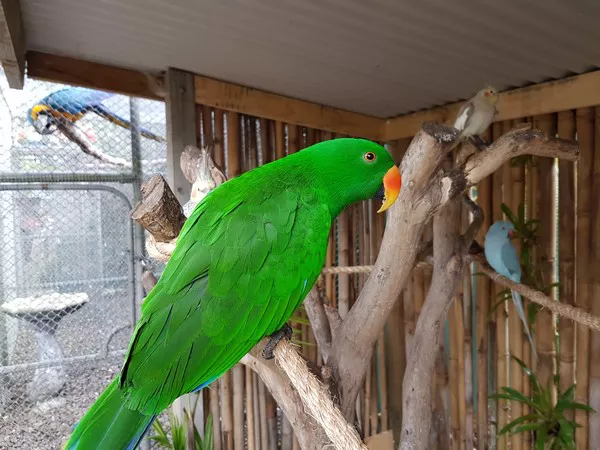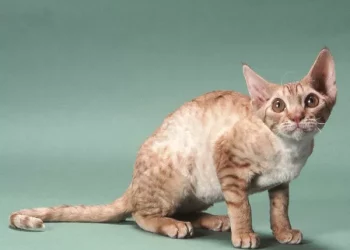Green anoles (Anolis carolinensis) are charming and captivating reptiles known for their ability to change colors, climb, and display fascinating behaviors. As popular pets, many enthusiasts wonder if green anoles enjoy being held and handled. In this article, we will delve into the world of green anoles to explore their natural behaviors, preferences, and interactions with humans, aiming to answer the question: Do green anoles like to be held?
-
Understanding Green Anoles:
Green anoles are small lizards native to the southeastern United States, predominantly found in regions with warm and humid climates. They are arboreal creatures, often seen perching on branches, leaves, and other elevated surfaces in their natural habitats. As diurnal reptiles, they are active during the day, hunting for small insects and seeking shelter from predators.
-
Natural Behaviors and Social Interactions:
In their natural environment, green anoles are primarily solitary creatures. They establish and defend territories, engaging in subtle visual displays and physical posturing to assert dominance or court potential mates. While they may tolerate the presence of other anoles, they typically prefer to maintain their personal space.
When it comes to human interaction, green anoles may not naturally seek out or enjoy being held. Their instinctual response to perceived threats or potential danger is to flee or hide. Being picked up or handled can be stressful for them, as it disrupts their sense of security and control.
-
Habituation and Taming:
However, with gentle and consistent handling, green anoles can become accustomed to human contact over time. Habituation and taming techniques involve gradually introducing the lizard to human presence and touch, starting with short and calm interactions.
Through positive reinforcement, such as offering food or rewards, and respecting their boundaries, green anoles may learn to associate handling with positive experiences. It’s important to note that individual green anoles may vary in their tolerance for handling, and some may never fully enjoy being held.
-
Environmental Enrichment and Bonding:
Instead of focusing solely on handling, it is crucial to provide green anoles with a well-designed enclosure that mimics their natural habitat. A spacious terrarium with branches, foliage, and climbing opportunities allows them to exhibit their natural behaviors and feel secure.
Bonding with green anoles can occur through environmental enrichment and interaction within their enclosure. Observing them from a respectful distance and offering live insects as food can foster a sense of trust and familiarity. Over time, green anoles may become more comfortable with their human caretakers and display reduced stress responses.
-
Signs of Stress and Discomfort:
It is essential to be mindful of the signs that indicate a green anole is stressed or uncomfortable. These signs may include rapid color changes, increased breathing rate, tail lashing, attempting to flee or hide, and loss of appetite. If these signs are observed, it is crucial to cease handling and provide a calm and secure environment for the lizard to retreat to.
-
Respect for their Nature:
While green anoles may not necessarily enjoy being held, it is essential to respect their natural behaviors and preferences. They are fascinating creatures that can provide enjoyment through observation and the creation of a suitable habitat.
By focusing on creating a stimulating and comfortable environment for green anoles, their overall well-being and quality of life can be enhanced. This approach allows them to exhibit their natural behaviors, fostering a greater understanding and appreciation for these remarkable reptiles.
Conclusion:
Green anoles, with their unique characteristics and natural behaviors, may not naturally enjoy being held. As arboreal lizards, they prefer to maintain their personal space and avoid potential threats. However, with patience, habituation, and positive reinforcement, green anoles can become more tolerant of human contact.
Ultimately, the key to a fulfilling relationship with green anoles lies in providing them with a suitable habitat that allows them to thrive. By observing and respecting their natural behaviors, enthusiasts can develop a deeper appreciation for these captivating reptiles while ensuring their well-being and happiness.
Recommended reading:

























